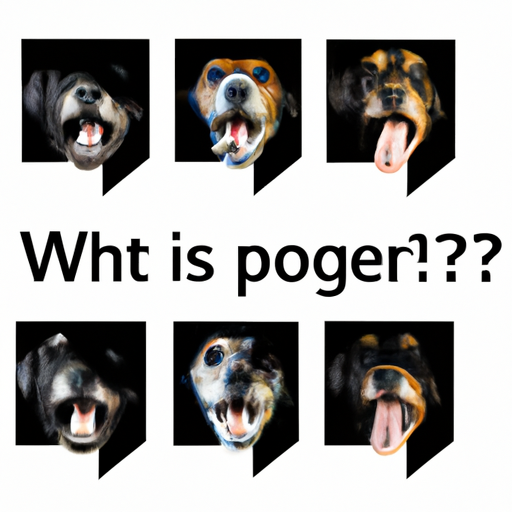As an ardent caregiver of a beloved pet, have you ever wondered why some dogs have a black roof of mouth? Is it a sign of an underlying health issue? Or is it simply a unique characteristic of certain breeds? This article will walk you through everything you need to know about this fascinating canine trait.
Table of Contents
– Understanding the Phenomenon
– Breeds with Black Roofs of Mouth
– The Significance of the Black Roof of Mouth
– Health Implications
– Frequently Asked Questions
Key Takeaways
– A black roof of mouth is a common trait in many dog breeds.
– This trait is generally genetic and not a sign of any health issue.
– Regular dental check-ups are crucial for maintaining your dog’s oral health.
Understanding the Phenomenon
The color of your dog’s mouth, or more specifically, the roof of their mouth, often varies based on their breed. While some have pink mouths, others sport a black roof, a trait that tends to intrigue many dog lovers. This color variation is primarily due to the concentration of melanin, a pigment responsible for the color of the skin, hair, and certain parts of the body in animals and humans alike.
Breeds with Black Roofs of Mouth
While it’s possible for any dog to have a black roof of mouth, certain breeds are more prone to this characteristic. Here’s a list of some of them:
- Chow Chow: Known for their blue-black tongues, it’s not surprising that Chow Chows also often have black roofs of mouth.
- Golden Retriever: Many Golden Retrievers have black pigmentation in their mouths, which includes a black roof.
- Labrador Retriever: This breed can also have a black roof of mouth, despite their famously pink tongues.
The Significance of the Black Roof of Mouth
Now that we’ve established what dogs have a black roof of mouth, let’s delve into the significance of this characteristic. Contrary to some misconceptions, a black roof of mouth is not a sign of disease or poor health. Instead, it’s merely a genetic trait, much like the color of a dog’s coat or eyes.
In fact, it’s worth noting that the color of a dog’s mouth can change over time. Puppies may be born with pink mouths that darken as they mature. This gradual change is entirely normal and rarely a cause for concern.
Health Implications
While a black roof of mouth in dogs is generally harmless, it’s essential to monitor any changes in your pet’s oral health. Oral hygiene is crucial for dogs, just as it is for humans. Regular dental check-ups can help detect and prevent potential issues such as gum disease, tooth decay, and oral cancer.
Here are some signs to look out for:
- Persistent bad breath
- Difficulty eating
- Loss of appetite
- Excessive drooling
- Bleeding gums
If you notice any of these symptoms, it’s advisable to consult a vet immediately. The American Kennel Club offers a wealth of information on maintaining your dog’s dental health.
Frequently Asked Questions
1. Is a black roof of mouth a sign of disease in dogs?
No, a black roof of mouth is a genetic trait and not a sign of disease. However, sudden changes in color or any signs of discomfort should be immediately reported to a vet.
2. Can the color of a dog’s mouth change over time?
Yes, the color of a dog’s mouth can change as they mature, particularly in breeds that have a genetic predisposition to a black roof of mouth.
3. How can I maintain my dog’s oral health?
Regular brushing, dental check-ups, and a balanced diet can contribute significantly to your dog’s oral health.
For more dog-related information, check out these articles from OneTopDog on dog breeds, dog grooming, and dog training.
In conclusion, while some dogs indeed have a black roof of mouth, it’s by no means a cause for alarm. By understanding this characteristic and maintaining your pet’s oral hygiene, you can ensure your furry friend stays happy and healthy!



